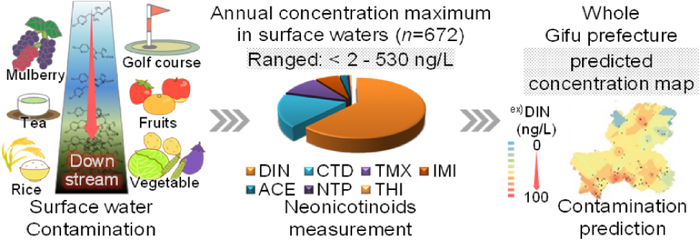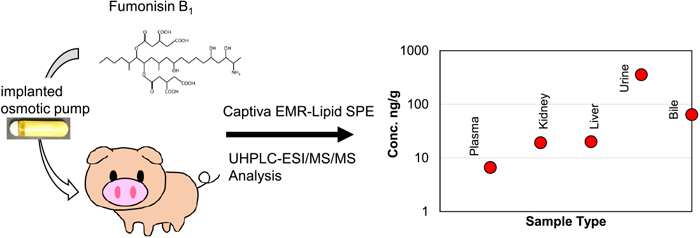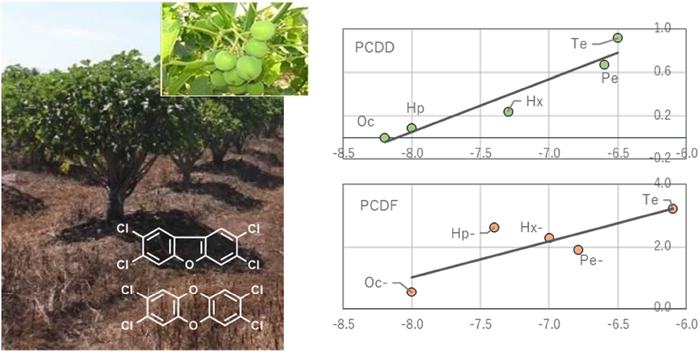1 巻
選択された号の論文の11件中1~11を表示しています
- |<
- <
- 1
- >
- >|
Articles
-
原稿種別: Article
2021 年 1 巻 p. 1-16
発行日: 2021年
公開日: 2021/03/05
PDF形式でダウンロード (891K) HTML形式で全画面表示 -
原稿種別: Article
2021 年 1 巻 p. 17-27
発行日: 2021年
公開日: 2021/03/05
PDF形式でダウンロード (635K) HTML形式で全画面表示 -
原稿種別: Article
2021 年 1 巻 p. 28-36
発行日: 2021年
公開日: 2021/03/05
PDF形式でダウンロード (798K) HTML形式で全画面表示 -
原稿種別: Article
2021 年 1 巻 p. 37-46
発行日: 2021年
公開日: 2021/04/16
PDF形式でダウンロード (316K) HTML形式で全画面表示
Technical Notes
-
原稿種別: Technical Note
2021 年 1 巻 p. 47-53
発行日: 2021年
公開日: 2021/04/16
PDF形式でダウンロード (366K) HTML形式で全画面表示
Articles
-
原稿種別: Article
2021 年 1 巻 p. 54-65
発行日: 2021年
公開日: 2021/04/16
PDF形式でダウンロード (564K) HTML形式で全画面表示 -
原稿種別: Article
2021 年 1 巻 p. 66-74
発行日: 2021年
公開日: 2021/07/31
PDF形式でダウンロード (691K) HTML形式で全画面表示 -
原稿種別: Article
2021 年 1 巻 p. 75-90
発行日: 2021年
公開日: 2021/08/18
PDF形式でダウンロード (1578K) HTML形式で全画面表示
Technical Notes
-
原稿種別: Technical Note
2021 年 1 巻 p. 91-96
発行日: 2021年
公開日: 2021/08/25
PDF形式でダウンロード (836K) HTML形式で全画面表示
Articles
-
原稿種別: Article
2021 年 1 巻 p. 97-112
発行日: 2021年
公開日: 2021/10/11
PDF形式でダウンロード (1581K) HTML形式で全画面表示
Errata
-
原稿種別: Errata
2021 年 1 巻 p. Err1
発行日: 2021年
公開日: 2022/01/14
PDF形式でダウンロード (63K)
- |<
- <
- 1
- >
- >|










